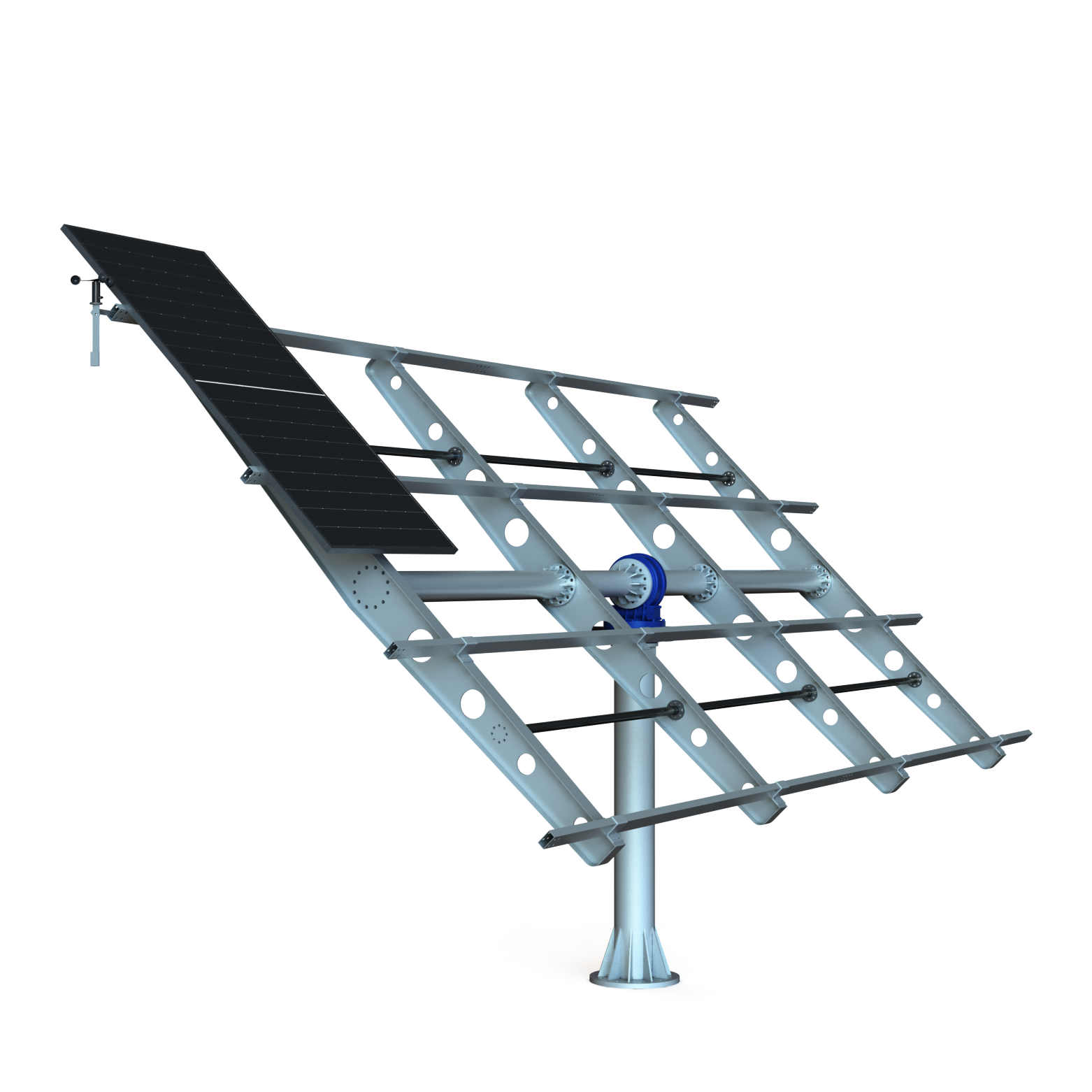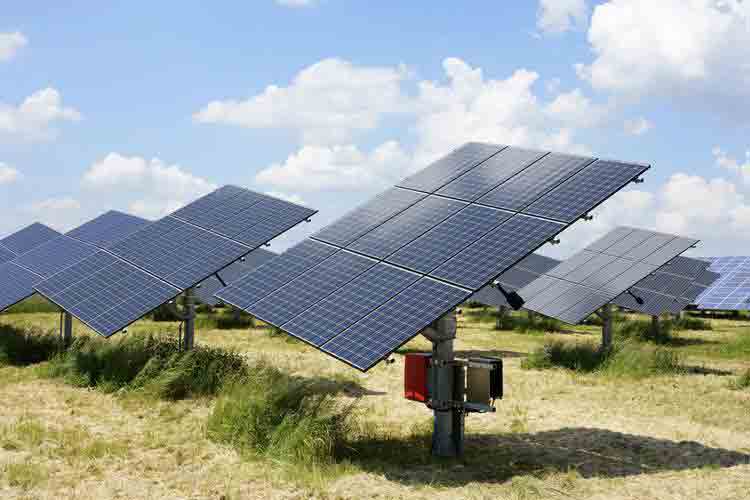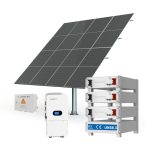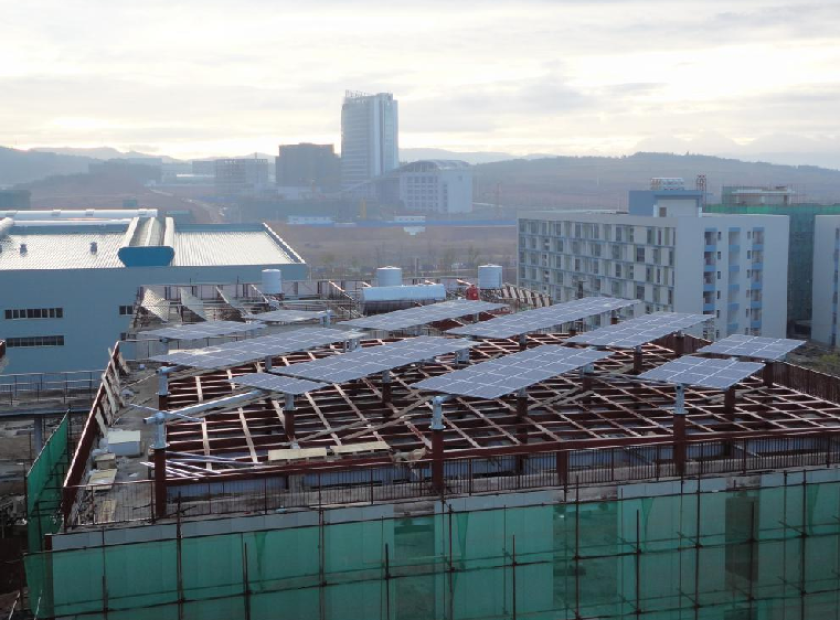
The Ultimate Guide to Home Solar Energy Systems: Maximizing Efficiency with Solar Trackers
In today’s world,the shift towards renewable energy has become more important than ever.Homeowners are increasingly turning to solar energy systems to reduce their carbon footprint,lower energy bills,and achieve greater energy independence.A well-designed home solar energy system can provide clean,reliable power for decades.In this comprehensive guide,we will explore the key components of a home solar energy system,focusing on solar trackers,inverters,and batteries,and how they work together to optimize energy generation and storage.
A home solar energy system is a sustainable solution that harnesses the power of the sun to generate electricity.By installing solar panels on your roof or property,you can convert sunlight into usable energy,reducing your reliance on traditional power grids and fossil fuels.This not only helps the environment but also provides significant financial benefits through reduced energy costs and potential tax incentives.
The solar system generally composed by several parts.
1.Solar Panels
Solar panels are the core of any solar energy system.They capture sunlight and convert it into electricity through the photovoltaic(PV)effect.Modern solar panels are highly efficient and come in various sizes and configurations to suit different energy needs and installation spaces.When choosing solar panels,consider factors such as efficiency,durability,and warranty.
2.Solar Tracker
A solar tracker is a device that adjusts the angle of your solar panels to follow the sun’s movement throughout the day.This ensures that your panels are always facing the sun directly,maximizing energy capture.Solar trackers can significantly increase the efficiency of your solar panels,often by up to 40%.There are two main types of solar trackers:
• Single-Axis Trackers:These trackers move the panels along one axis,typically from east to west,to follow the sun’s daily movement.
• Dual-Axis Trackers:These trackers adjust both the vertical and horizontal angles,providing even greater efficiency by accounting for seasonal changes in the sun’s position.
3.Inverter
The inverter is a crucial component that converts the direct current(DC)electricity generated by your solar panels into alternating current(AC)electricity,which is the standard form of electricity used in homes.There are several types of inverters available:
• String Inverters:These are the most common type and are suitable for systems with panels installed in a single orientation.
• Microinverters:These are installed on each individual panel,allowing for more flexibility and efficiency,especially in systems with varying panel orientations or shading issues.
• Power Optimizers:These devices work with string inverters to optimize the performance of each panel,improving overall system efficiency.
4.Battery Storage
Battery storage is essential for storing excess solar energy generated during the day for use at night or during periods of low sunlight.Batteries ensure a continuous power supply,making your solar energy system more reliable and independent.Modern solar batteries are highly efficient,have a long lifespan,and come in various capacities to meet different energy storage needs.
More and more solar systems use solar trackers, which will be a development trend in the future. The advantages of solar trackers are numerous, such as:
1, Increased Energy Output:Solar trackers maximize the amount of sunlight captured by your panels,significantly increasing the energy output of your system.
2, Cost Savings:By generating more electricity,you can reduce your reliance on the grid,leading to significant savings on your energy bills.
3, Environmental Impact:Solar energy is a clean,renewable source of power that produces no greenhouse gas emissions.By using a solar energy system,you contribute to a healthier planet.
4, Energy Independence:With battery storage,you can store excess energy and use it when needed,reducing your dependence on the grid and ensuring a continuous power supply even during outages.
When selecting components for your home solar energy system,consider the following factors:
• Energy Requirements:Assess your daily energy consumption to determine the size of the solar panels,inverter,and battery storage needed.
• Budget:Solar energy systems vary in price based on the quality and capacity of the components.Determine your budget and look for systems that offer the best value for money.
• Space Availability:Ensure that you have sufficient space for the solar panels and battery storage.The location should receive ample sunlight throughout the day.
• Professional Installation:While some components can be installed DIY,it is often beneficial to hire a professional installer to ensure the system is set up correctly and efficiently.
A home solar energy system,complete with solar panels,a solar tracker,an inverter,and battery storage,offers a powerful solution for harnessing the sun’s energy.By investing in high-quality components and optimizing your system for maximum efficiency,you can enjoy the benefits of clean,renewable energy while reducing your carbon footprint and saving on utility bills.Whether you are looking to power your home or achieve greater energy independence,a well-designed solar energy system with a solar tracker is a smart and sustainable choice.Embrace the future of energy today with a reliable and efficient home solar energy system.







